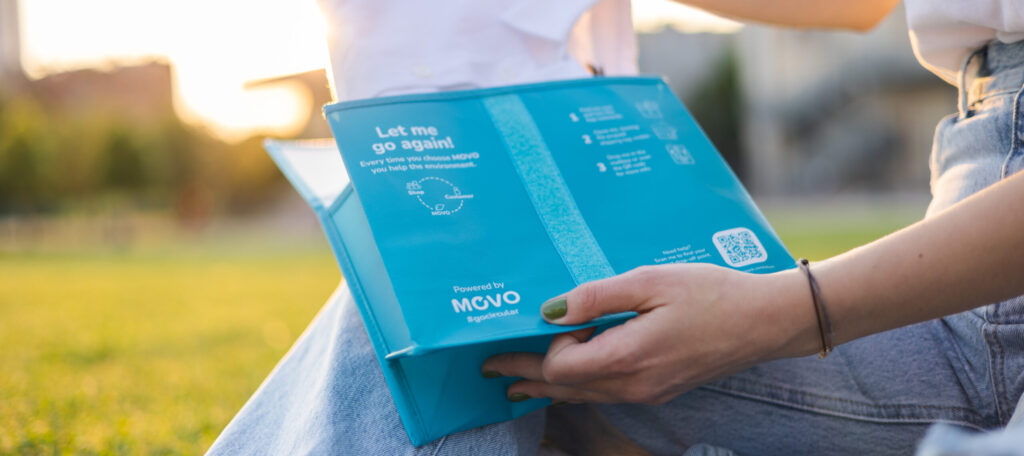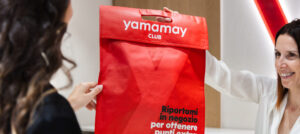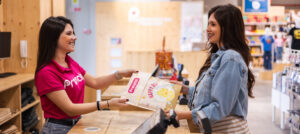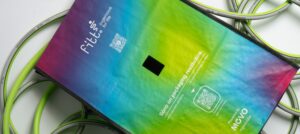The rise of recyclable packaging (and its limitations)
Recyclable packaging has grown in importance over the last decade. To lessen their impact on the environment, many brands have shifted to packaging composed of paper, cardboard, or other readily recyclable materials. At first glance, this seems like the right move: recycling prevents materials from ending up in landfill and gives them a second life.
The reality, however, is more complex. Recycling is an energy-intensive process that involves the collection, sorting, transport and processing of waste into raw materials. Each of these steps consumes energy and produces emissions. Furthermore, recycling is never 100% efficient as some of the materials are always lost, their quality deteriorates or they are too contaminated to be recycled.
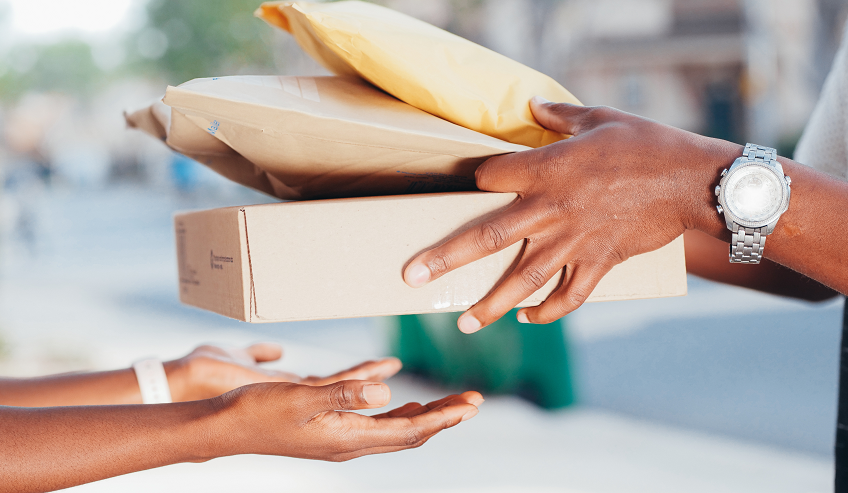
This means that, although recycling helps to reduce waste, it still follows a linear consumption model: we produce, use once and then recycle. The system does not eliminate single-use packaging, but only seeks to manage its consequences and is not a complete solution.
Reusable packaging: a circular alternative
Reusability enters the picture here. Reusable packaging uses a circular model rather than a linear one, meaning that the same packaging is used repeatedly before it reaches the end of its life cycle. This immediately lowers waste production and the need for new raw materials. Reusable packaging is robust, practical, and environmentally friendly and can replace dozens of single-use boxes or bags, so its impact is exponential.
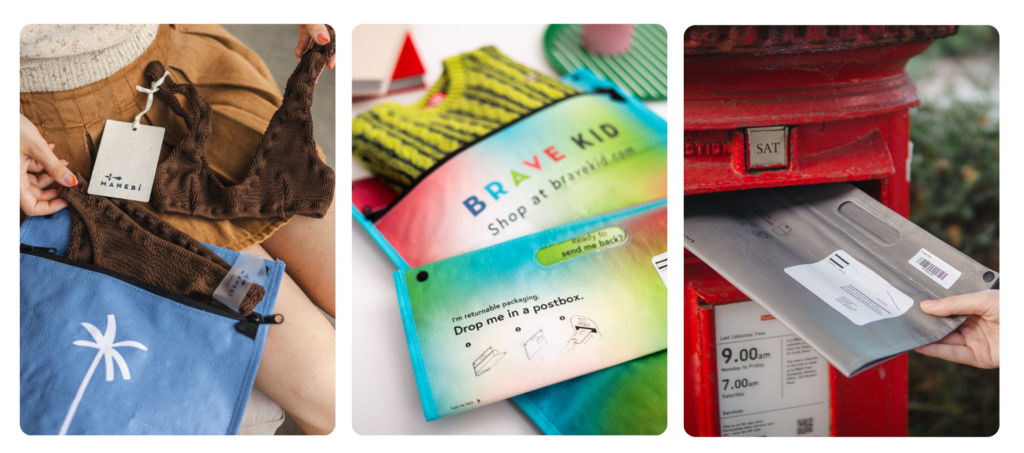
At Movopack, we have developed fully custom packaging that can be reused more than 20 times for e-commerce and retail. When it reaches the end of its life cycle, it is still recyclable, thus closing the loop. Our packaging is made from recycled and recyclable plastic, contributing to sustainability even at the end of its life cycle.
The numbers speak for themselves: according to the life cycle analysis conducted by Life Cycle Engineering Spa, Movopack reusable packaging reduces packaging waste by up to 98% and CO₂ emissions by 84% after 20 cycles of use compared to a single-use cardboard box with 70% recycled content.
Conclusion
Recyclable packaging is a step up from landfill, but it is still part of a system based on disposable products. It gives single-use packaging a second chance while consuming resources and energy. Reusable packaging, on the other hand, avoids this problem altogether. By placing the same product on the market multiple times, waste production is avoided and the environmental impact is significantly reduced.
Therefore, the future of packaging is not just about recycling, but also about rethinking packaging as a service designed to be reused. And with solutions like Movopack, that future is already here.
👉 Are you ready to discover how to transform your business with reusable packaging?

